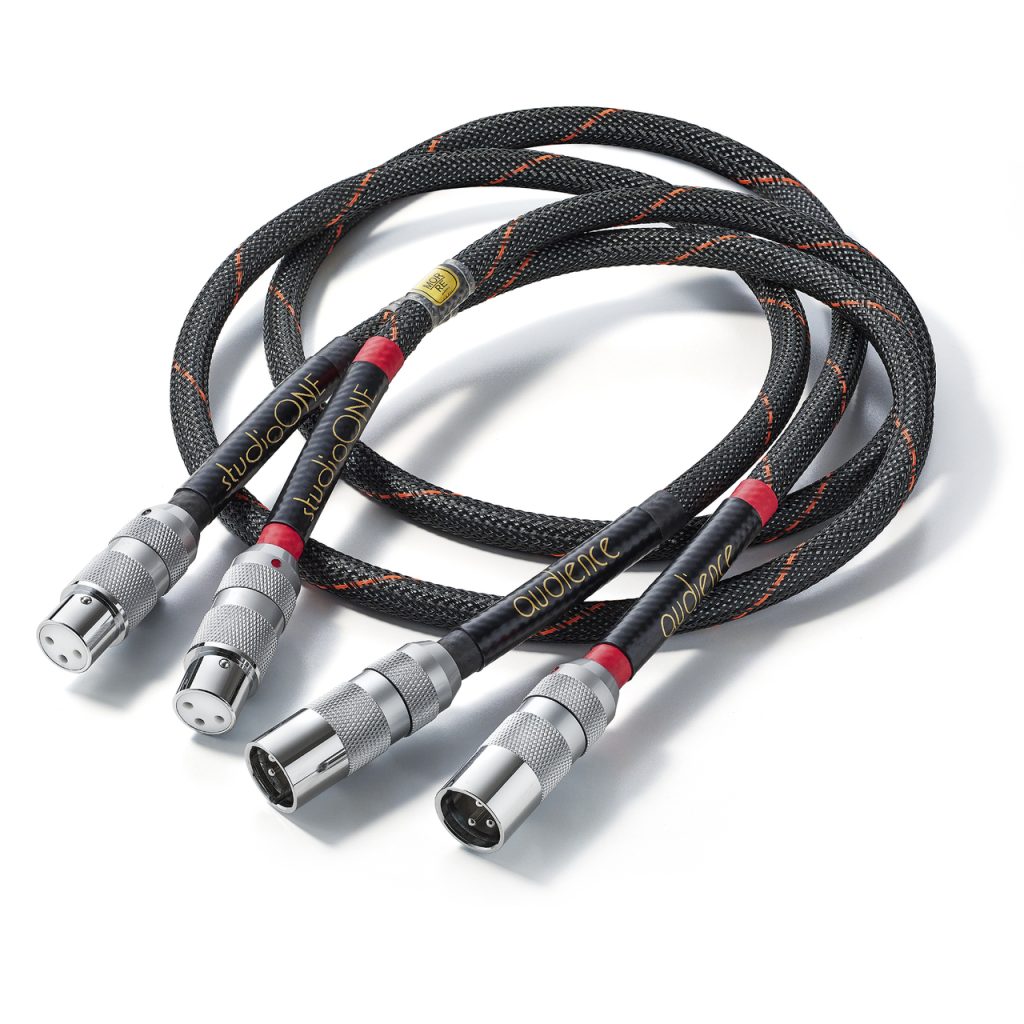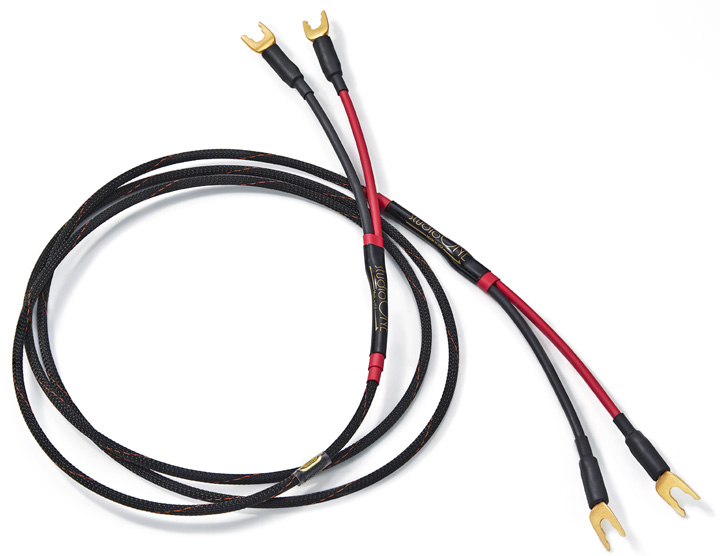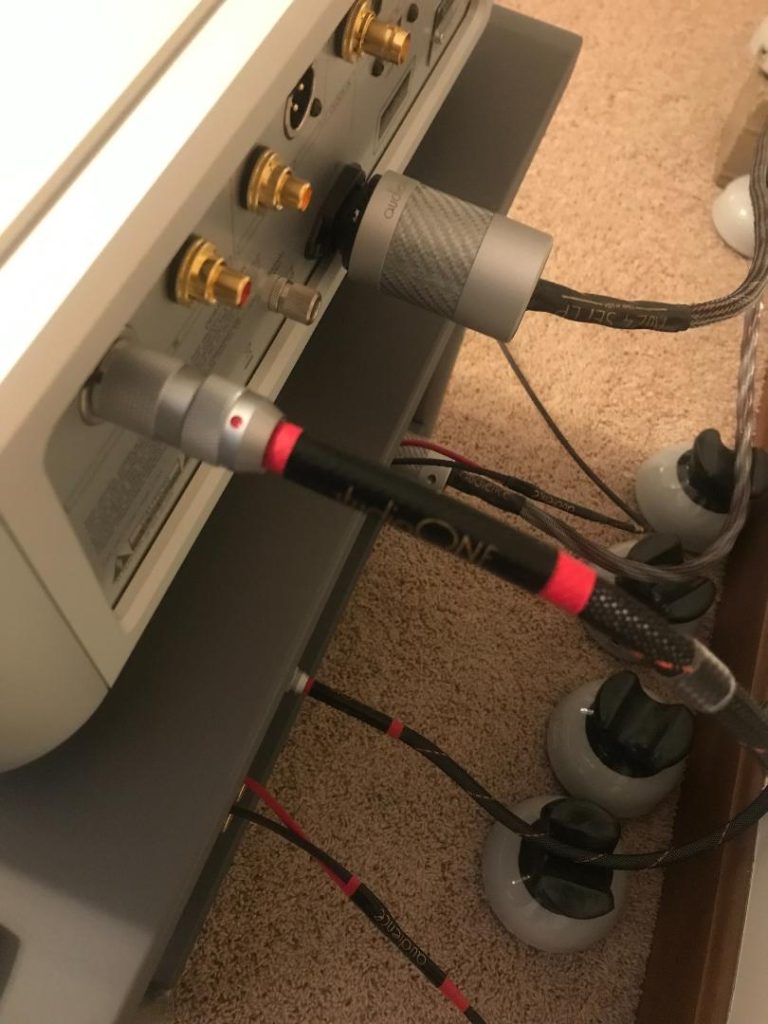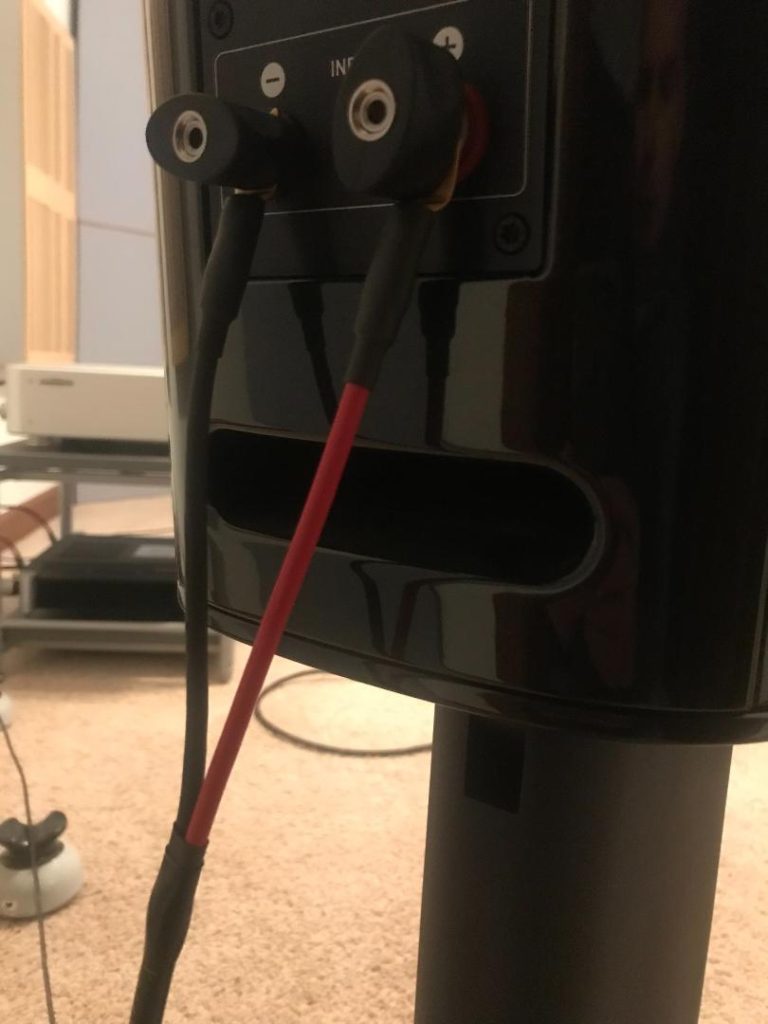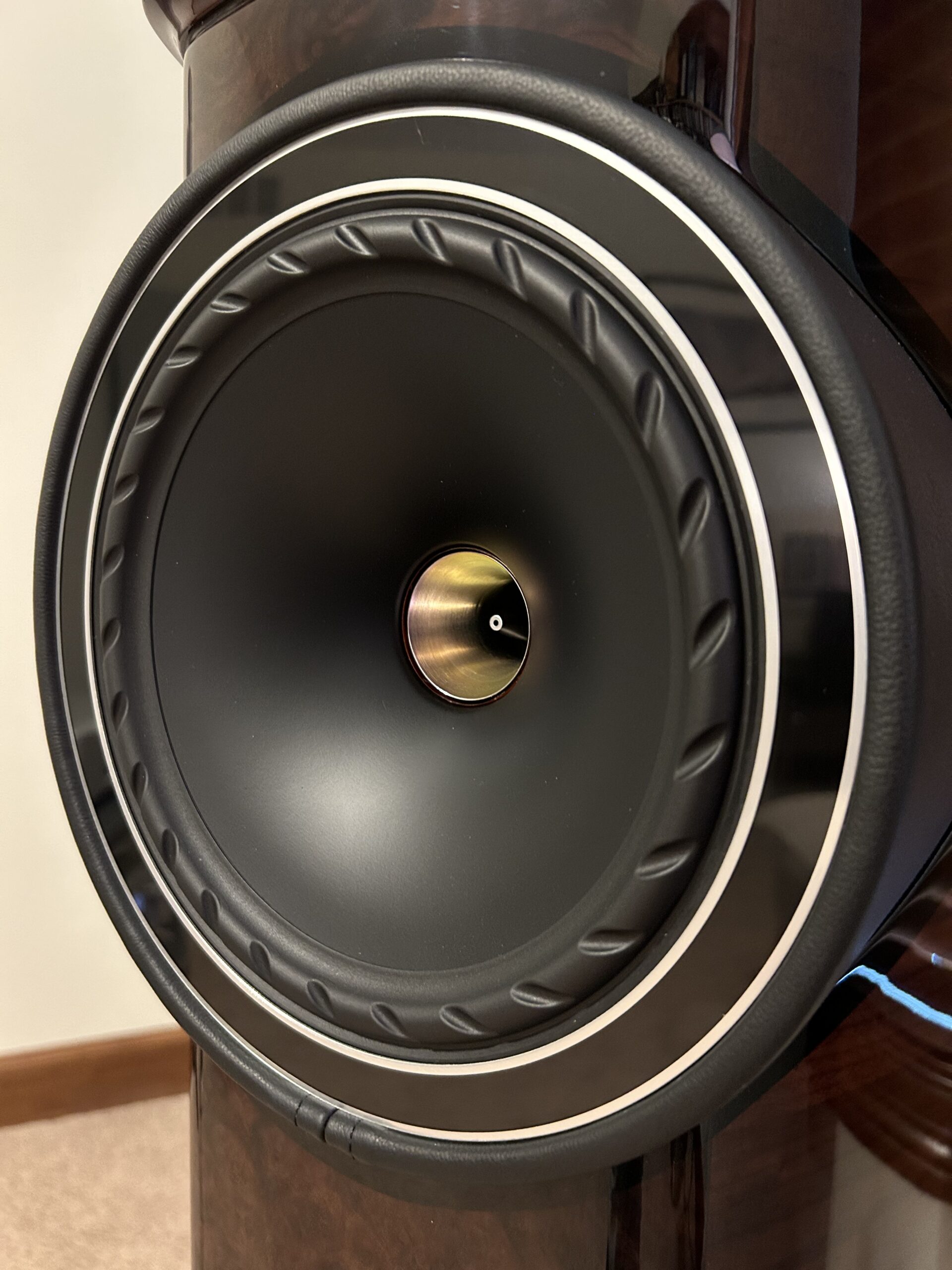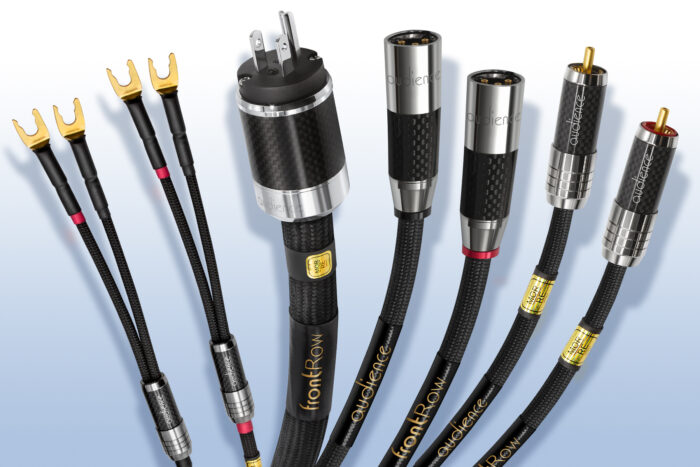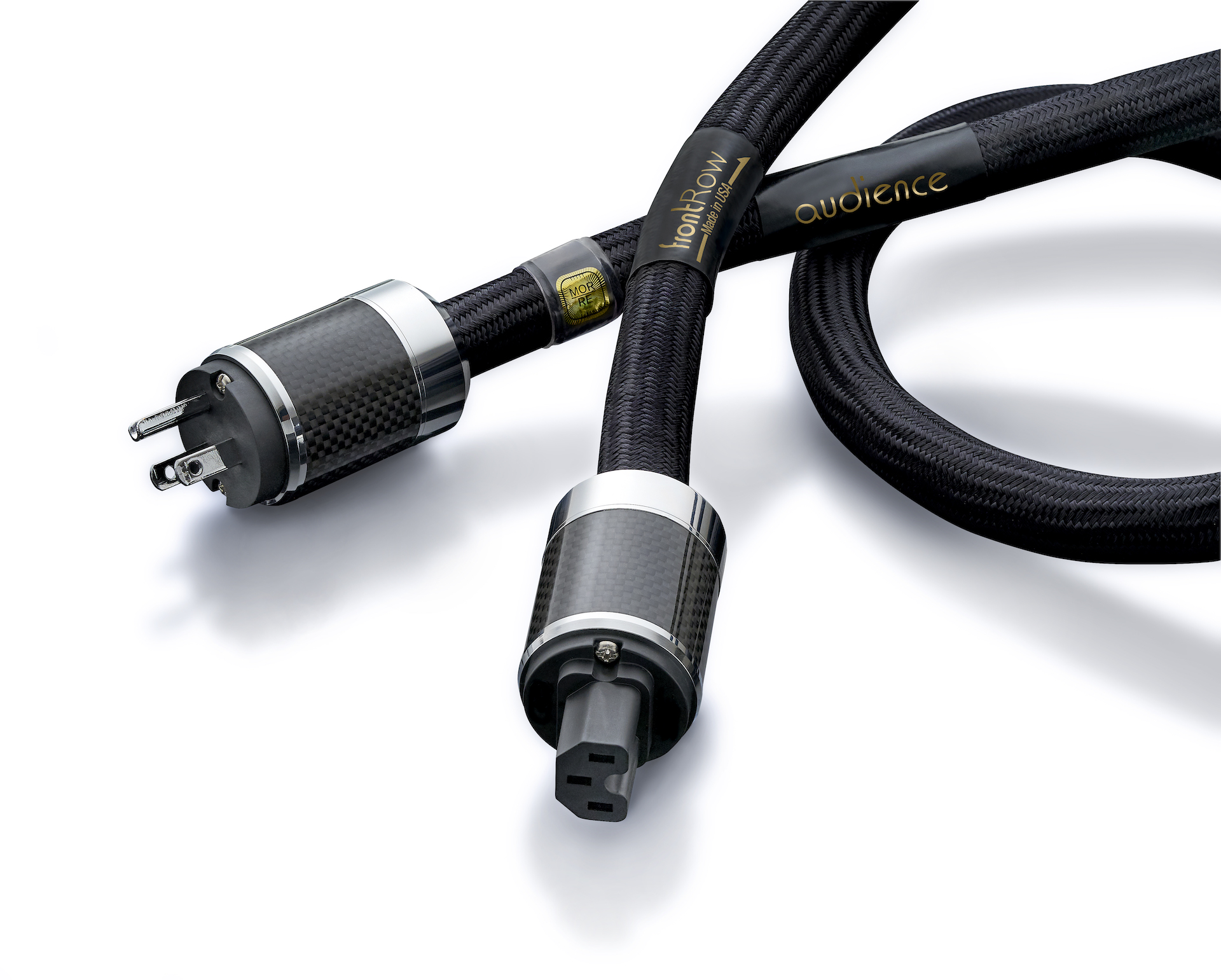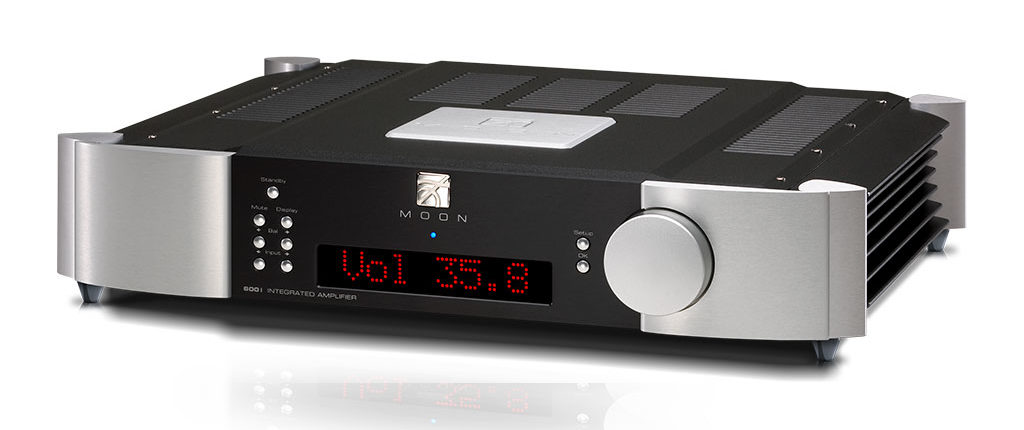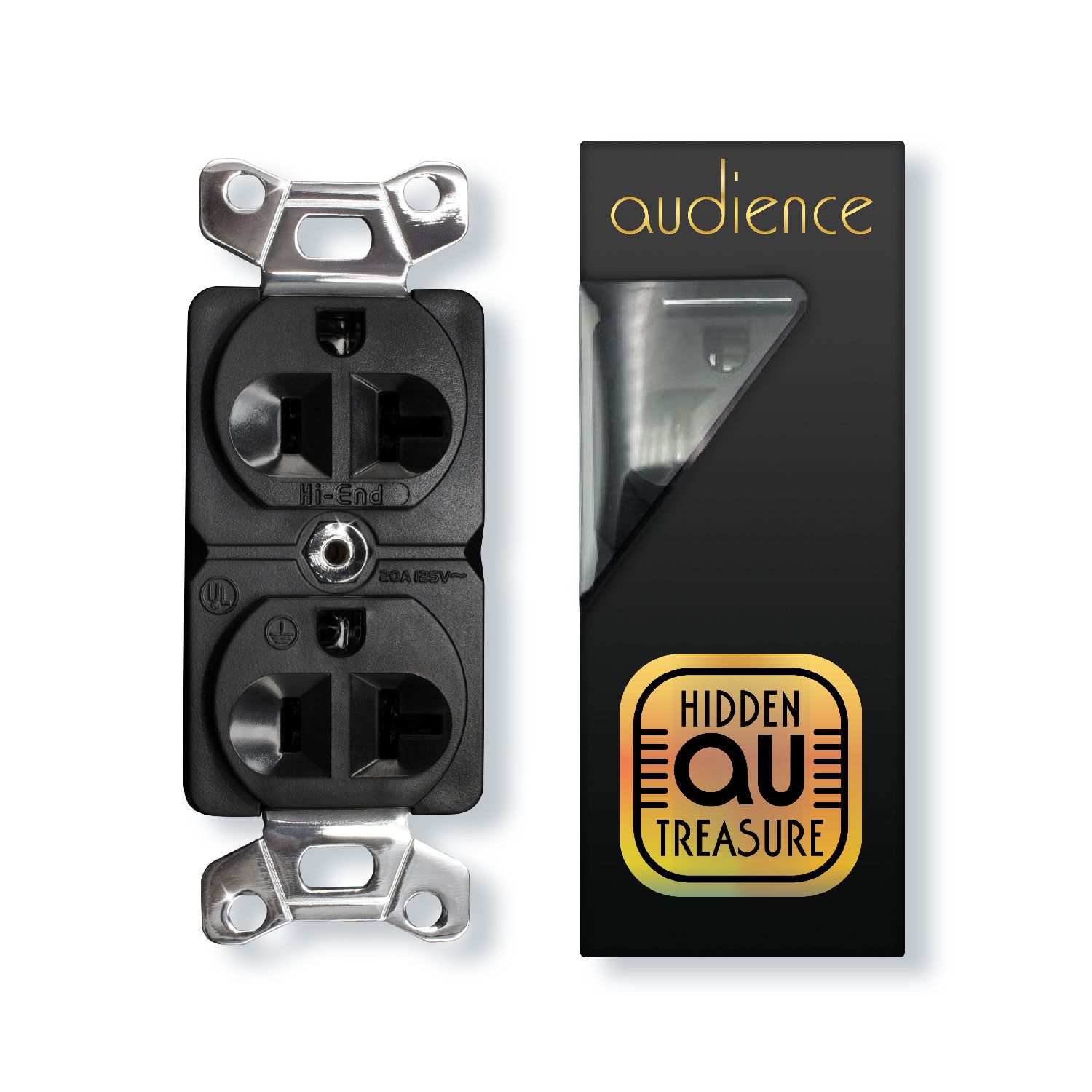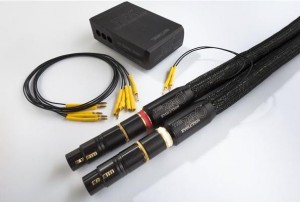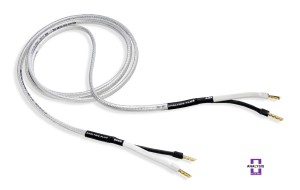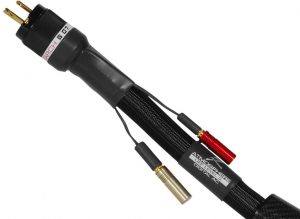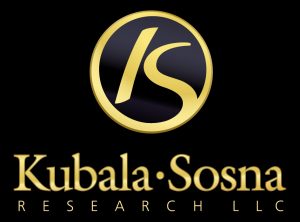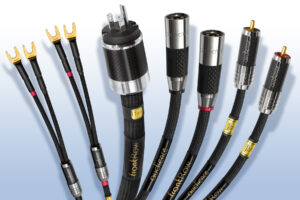An audio reviewer's mandate is to seek out the new, the innovative, the cutting-edge, and to write about it, preferably while it's still new and innovative and cutting-edge. As a scribe for Positive Feedback, I've certainly done my share of chasing the newest and most revolutionary products for evaluation. But, in assembling my reference system for reviewing purposes, and, just as importantly, for musical pleasure, I have gravitated to a few manufacturers whose products I've consistently admired and owned: Simaudio for electronics, Marantz and Esoteric for digital, and Focal for loudspeakers. When it comes to cabling, I've been a long-term proponent of Audience products, having utilized various Audience powerChords in my system for the past two decades.
Like many audiophiles, I've dabbled with interconnect and speaker-cable offerings from numerous manufacturers, but I recall fondly the years I spent with Audience's Au24 and Au24e products. When John McDonald, owner and chief designer of Audience AV, and I reconnected recently, it seemed fated that I give a listen to Audience's newest cable line, the Studio ONE.
Audience AV is an adherent of trickle-down technology, and the advances made in support of the flagship Front Row cables have been incorporated into the Studio ONE offerings. Replacing the venerable Au24SE cable line, the Studio ONE products start with the Au24SE foundational principles and build upon them with improved materials, including higher-quality oxygen-free copper (OFC) and an improved XLPE (cross-linked polyethylene) dielectric material. Audience has also endowed the Studio ONE cables with higher-quality connectors, and subjects each Studio ONE cable to its proprietary Extreme High-Voltage Process (EHVP), which applies high voltage to the conductors in specific combinations to align the crystalline structure of the various metals, so as to enable more efficient signal transfer. In addition to employing the EHVP process, Audience uses a cable cooker to further burn in each cable for a minimum of 96 hours prior to shipment.
The Studio ONE interconnect is engineered like its pricier Au24SX stablemate and is similarly a low-mass design, eschewing heavy jacketing materials and overbuilt connectors. The Studio ONE is offered in both unbalanced (RCA) and balanced (XLR) versions. The Studio ONE speaker cable is even more low-mass in construction than the interconnect, and for those of us audiophiles who have become accustomed to cables as thick as stairwell banisters, the relative diminutive diameter of the Studio ONE speaker cable can be initially disconcerting. John McDonald states that this design is deliberate; per McDonald, the lack of mass and profligate material contributes to a reduction of eddy currents and energy storage. As with all of its cable products, Audience provides a lifetime warranty on the Studio ONE line.
The Audience Studio ONE cables arrived well-packed and, like all Audience product offerings, included samples of Deoxit for cleaning cable connectors. Given the Studio ONE cables' slim size and flexibility, installation was uneventful.
During the course of the review period, my system comprised the Esoteric Grandioso K1 and Marantz SA-10 SACD players, Simaudio MOON 600i v2 integrated amplifier, Focal Sopra 1 loudspeakers, Nordost Heimdall 2 interconnects, Nordost Heimdall 2 speaker cables, Audience aR2p-T4 power conditioner, Audience Au24 SE-i powerChords, and Audience Hidden Treasure AC outlet. All components were placed on a SolidSteel 6.2 Audio Table, with Symposium Acoustics Rollerblock Jr HDSE footers. Acoustic treatments were by GIK Acoustics.
Users should be aware that, despite having been subjected to Audience's EHVP process and subsequent burn-in via cable cooker, the Studio ONE cables nevertheless benefitted from additional run-in. Out of the box, the Studio ONE cables sounded pinched and closed-in tonally, with a discernible lack of spatial dimensionality and dynamism. After 100 hours of routine playing, the Studio ONEs relaxed and opened up.
When the Studio ONE cables had fully settled in, the immediate aural impression was one of flow. Musical information arrived at my ears of a piece, spatially and temporally. There was a sense of continuousness to the presentation, with a refined focus. With the Studio ONE cables in my system, experiencing Donald Fagen's The Nightfly on SACD (Warner Bros WPCR-14170) proved to be a revelation. On "Ruby Baby," Fagen's voice hung in space between my speakers, and the piano solo spread cohesively across the soundstage in perfect counterpoint to the propulsive bass line driving the song forward. The audience voices and handclaps at the song's denouement were crisply articulated, but consummately proportionate in their placement relative to the other instruments present in the mix.
Tonally, the Studio ONEs were essentially neutral, with just a hint of upper-bass and lower-midrange bloom. This subtle warmth lent itself well to vocals, imbuing them with a richness and full-bodied density. That sublime sense of continuousness extended to the Studio ONE's handling of dynamic contrasts. Perhaps owing to the cables' low noise floor and black background, micro-dynamic contrasts were remarkably expressive, which served to ameliorate dense and choked mixes, such as the multi-tracked Everybody Loves a Happy Ending Tears for Fears release (New Door Records 0003042-02). Playing "Closest Thing to Heaven," I discerned greater separation between Roland Orzabal's vocal and the layers of accompanying guitar and keyboards. Accompanying this heightened resolution was a coherency in the overall presentation that belied the crafted-in-studio artifice, resulting in a more natural, relaxing listen.
Spatially, the Studio ONE cables presented an open, non-congested soundstage, one in which images were dimensional and fleshed out. The Studio ONEs placed images further back in the soundstage, resulting in an exceptional portrayal of depth. Images were focused, but not etched, flowing into one another seamlessly. Harry Chapin's "Woman Child" from his second album, Sniper and Other Love Songs (Wounded Bird Records WOU 5042), is, for Chapin, an uncharacteristically dark song, a character study that deals with a young girl and abortion. The Studio ONEs presented this song in all its bleakness, and the soundstage portrayal placed Chapin well back behind the speaker plane, enhancing the sense of resigned detachment to Chapin's treatment of the lyrics.
How about shortcomings? The Audience Studio ONE cables were magic when it came to reproduction of the all-too-critical midrange. The Studio ONE cables' portrayal of bass frequencies was likewise superb, but in comparison to premium (and higher-priced) cables from other manufacturers, did not always possess the utmost in hard-hitting forcefulness. Conversely, treble frequencies, while grainless and extended, lacked the last vestiges of air. But, these minor quibbles are, to a large degree, missing the point. The Audience cables are voiced, not for accentuation of leading-edge pyrotechnics, but for tonal purity, cohesion, and musical engagement, and it's in these areas that the Studio ONEs reign supreme.
With the introduction of its Studio ONE line of cables, Audience once again reaffirms its rightful place in the upper echelon of cable manufacturers. Dynamically expressive and possessed of class-leading insight, the Studio ONE cables strike a clever balance, blending resolution and detail retrieval with superior coherency and midrange articulation. The Audience Studio ONEs represent exceptional cables at an exceptional price—what more could an audiophile want?
Studio ONE Interconnect and Speaker Cables
Retail: $1900 - Interconnect (1 Meter XLR); $1800 - Speaker Cable (2.5 Meter)
Audience AV




